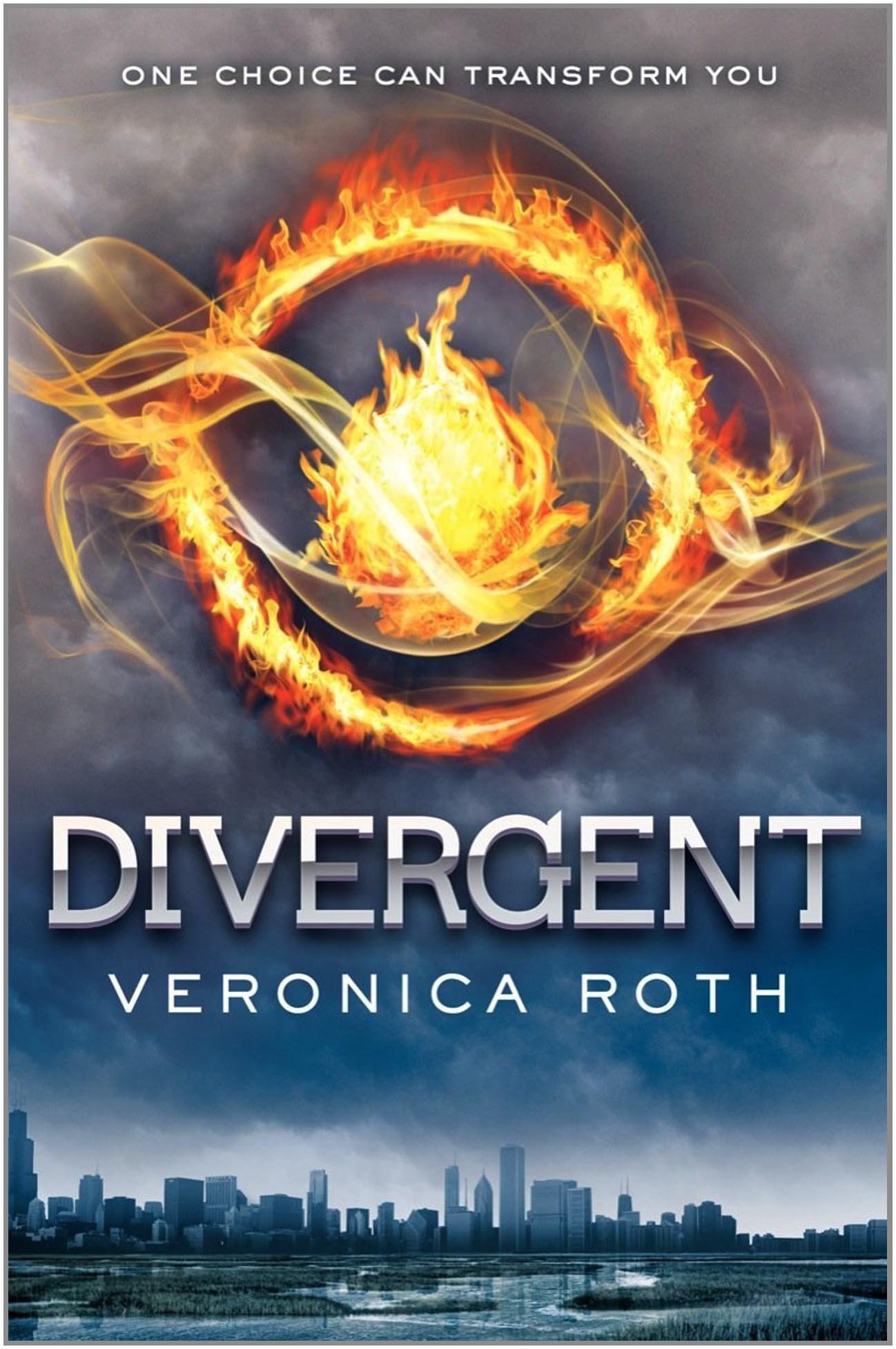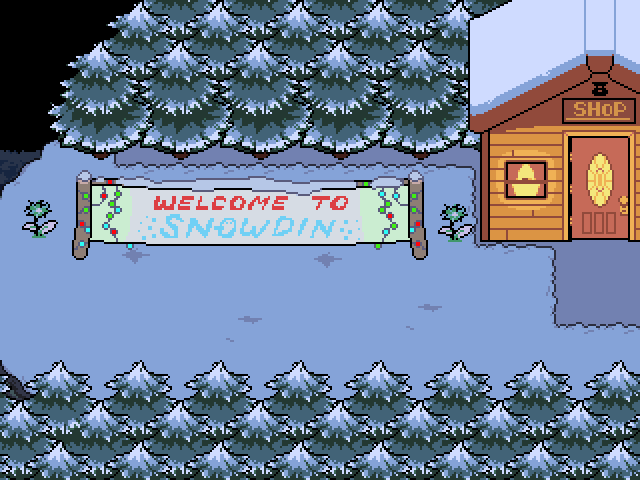Veronica Roth’s Divergent: Bad Worldbuilding
/Many a teenager were swept up by Veronica Roth’s Divergent series, having finished The Hunger Games and looking for something of a similar tone. Eerily similar, some might observe – a diminutive but badass teenage girl in a dystopian future with a complicated love interest fighting for a better world. Except Roth made a crucial mistake that many authors make in their worldbuilding: assuming that all readers would be too lazy to actually figure out whether things would work or not. Most readers are generally too lazy to investigate potential worldbuilding slip-ups, but some of the ones featured in the Divergent series are distractingly obvious:
1. The entire plot revolves around a society that segregates itself into different factions, each with an individual trait: selflessness, honesty, intelligence, peace, and bravery. But the characters in the book clearly exhibit many of these traits, so the entire foundation of being “divergent” – i.e., not fitting into just one category, falls apart. Maybe the system is based on what people value the most – but then the aptitude test wouldn’t work. Not to mention, we discover in the last book that the whole thing is designed by the government to correct people’s damaged genes. But genetically damaged people don’t make non-damaged people; that’s not how reproduction works. Also, if the whole point was to create Divergents, why does the government let them be killed?
2. “Working together, these five factions have lived in peace for many years, each contributing to a different sector of society. Abnegation has fulfilled our need for selfless leaders in government; Candor has provided us with trustworthy and sound leaders in law; Erudite has supplied us with intelligent teachers and researchers; Amity has given us understanding counselors and caretakers; and Dauntless provides us with protection from threats both within and without.”
Okay, that’s great, but where do low-skilled labourers fit in then? Who become the janitors, the sanitation workers, the factory workers – you know, people essential to a functioning society? Who makes everyone’s everyday wares, clothes and cans and toilet paper? The Factionless would have been a perfect option, but instead they’re just used as a poor representation of homelessness.
3. Geographically, there’s a lot to unpack. The area in which the series takes place is supposed to be a fenced-in post-apocalyptic Chicago, with Amity growing their food beyond the fence. Except their location is vague at best. Also, the Dauntless are supposed to patrol the fence – but there’s not nearly enough Dauntless to cover that much ground. Here is a handy detailed map of the proposed area; see if you can find anything out of place.
What really grinds my gears is Roth insisting that Lake Michigan – that deep, enormous body of water – has turned into a marsh. The process for large bodies of water to acquire enough sediment to become marshes takes millions of years. Not to mention, this would massively affect the climate of the region. There would be colder winters, hotter summers, and less precipitation, which makes the whole farming-for-the-entire-city thing increasing unlikely.
Those are just some of the particularly egregious worldbuilding screw-ups in Divergent. A passionless attempt, I see it as The Hunger Games’ younger, lazier distant relative; nothing more than a cheap knockoff looking to profit from the trend.
Nicoline A.
I’m a 22 y.o. Mess in the Professional Writing program. I love video games, half-assed home exercise, and going for walks. Different universes have always been an escape for me, but what is it about a fictional world that submerges you so completely?














![20200924_191027[639].jpg](https://images.squarespace-cdn.com/content/v1/522614d5e4b02f25c1dfd53c/1605659929931-PLBYQ38T3EBMLBHPDZN7/20200924_191027%5B639%5D.jpg)